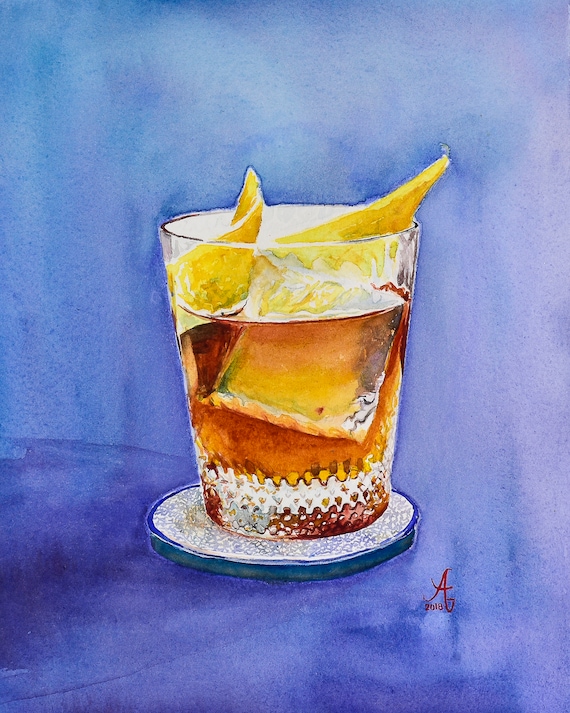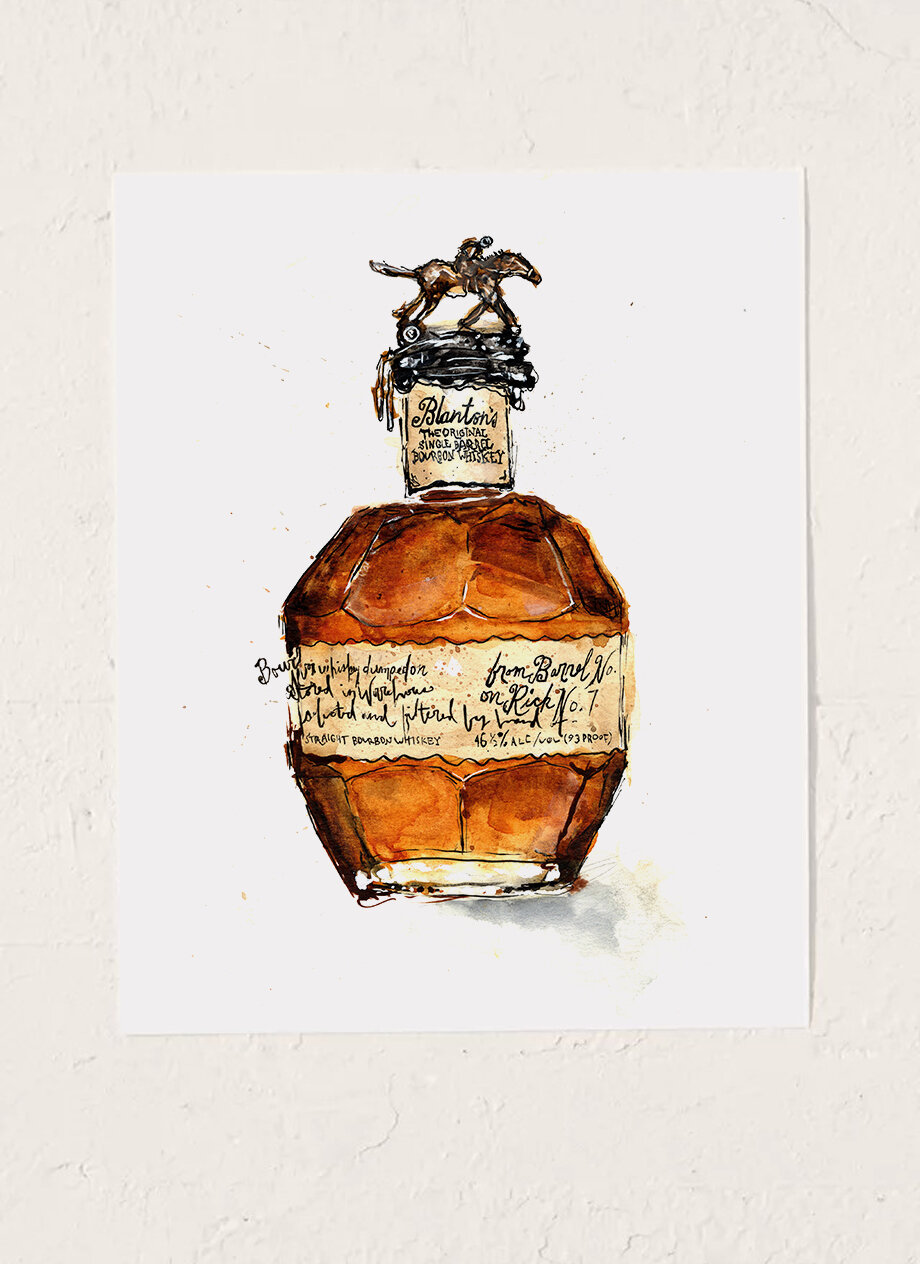Realism Art in the Whiskey Sector: Portraying Moments of Purification
Realism Art in the Whiskey Sector: Portraying Moments of Purification
Blog Article
The Value of Whiskey Art in Celebrating Heritage and Workmanship in the Beverage Sector
The complex connection between scotch art and the event of heritage and workmanship within the drink industry can not be overemphasized. With attentively created bottles and tags, scotch brands envelop their historical origins and the artisanal skills that specify their production approaches.
The Historical Origins of Whiskey
At the heart of bourbon's allure exists a rich tapestry of historic roots that map back to ancient human beings. The origins of bourbon can be linked to the purification practices of the Sumerians and Babylonians around 2000 BCE, where early kinds of fermented grain beverages started to emerge. It was in the Middle Ages that the art of purification evolved substantially, specifically in Ireland and Scotland, leading to the creation of scotch as we recognize it today.
The term "whiskey" itself stems from the Gaelic word "uisce beatha," suggesting "water of life." This phrase highlights the social value of whiskey in Celtic societies, where it was commonly connected with rituals, events, and common bonding. By the 15th century, purification came to be a recognized craft within monastic neighborhoods, leading the way for the facility of legal distilleries.
As trade routes expanded, scotch's appeal expanded, going beyond local borders and recording the interest of connoisseurs worldwide. Whiskey Art. This historical journey shows not just the workmanship behind scotch manufacturing however additionally its indispensable duty in social and social contexts, noting it as a substantial drink throughout background
Artistic Expression in Branding
Bourbon branding stands as an engaging junction of virtuosity and business, where aesthetic identity plays a vital function in forming consumer understanding. The looks of bourbon tags, packaging, and advertising and marketing materials reflect not only the brand's tale however likewise its core values and heritage. Via creative expression, distilleries share a narrative that reverberates with consumers, stimulating emotions and stimulating connections.
Making use of shade, typography, and images in branding serves to differentiate items in a saturated market. Typical themes might evoke a feeling of authenticity and workmanship, while modern layouts can represent technology and forward-thinking. This calculated artistic instructions boosts brand acknowledgment and loyalty, permitting consumers to create an individual connection with the bourbon they choose.
Additionally, artistic expression in branding commonly works as an event of local heritage. Distilleries regularly incorporate local symbols or historic references right into their layouts, creating a feeling of area that invites consumers to participate in a broader cultural experience. Eventually, the virtuosity behind whiskey branding not only improves aesthetic appeal but likewise improves the overall narrative of the brand, promoting a much deeper appreciation for the craftsmanship and heritage embedded in each container.
Workmanship in Container Layout
The artistry apparent in scotch branding prolongs past aesthetic identification to encompass the craftsmanship involved in bottle style. Each container acts as a vessel not simply for the spirit within, yet additionally for the tale it informs about its custom, origin, and high quality. The design process requires meticulous focus to information, as components such as material, shape, and closure contribute significantly to the total assumption of the bourbon.
Workmanship in bottle design involves picking high-grade glass that can boost the scotch's color and clarity, while additionally giving a responsive experience for the consumer. The silhouette of the container need to be both practical and visually appealing, typically mirroring the heritage of the brand. Numerous distilleries select unique forms or embossed logos that stimulate a sense you can find out more of authenticity and history.
Additionally, the tag style and typography play an essential role in connecting the brand name's narrative. Whiskey Art. A well-crafted bottle not just captivates the consumer's eye yet additionally enhances the brand's dedication to high quality and custom. This way, the craftsmanship of bottle design ends up being a vital facet of the scotch experience, merging artistry with a profound respect for heritage
Cultural Significance of Scotch Art
Commemorating custom and workmanship, the cultural relevance of scotch art goes beyond plain aesthetic appeals, linking with the historic and social stories of the areas from which it originates. Each container functions as a canvas, portraying the distinct tales, mythology, and traditions that have shaped local whiskey-making practices. The elaborate designs often show the heritage of the distillers, integrating signs and concepts that reverberate with the society and values of their areas.

Furthermore, whiskey art plays an important duty in communal events and parties, acting as a tangible link in between people and their shared experiences. By valuing the creativity in bourbon packaging, customers cultivate a deeper understanding and respect for the craft, eventually enriching their satisfaction of the beverage itself.
Modern Trends in Bourbon Discussion
Recently, the presentation of whiskey has actually evolved to show modern preferences and trends while still honoring typical craftsmanship - Whiskey Art. Distilleries are significantly focusing on aesthetic components that improve the general alcohol consumption experience, connecting the gap in between heritage and modernity
Ingenious container layouts have emerged, frequently incorporating sustainable products and creative labels that inform compelling tales. Several brand names now collaborate with regional artists, infusing their items with special visual expressions that reverberate with customers. In addition, limited-edition releases are frequently packaged in collectible containers, adding value and appeal for connoisseurs.

Final Thought
To conclude, scotch art serves as a vital conduit for expressing the heritage and craftsmanship inherent in the beverage industry. Through complex branding, innovative bottle designs, and culturally substantial imaginative components, whiskey brands successfully recognize their traditions and get in touch with customers. This creative story not only raises the recognition of bourbon however likewise enhances area identification and pride among manufacturers. Inevitably, scotch art plays a necessary view it now role in preserving and commemorating the abundant cultural tapestry of whiskey-making.


Craftsmanship in container design entails selecting premium glass that can enhance the scotch's color and quality, while additionally supplying a tactile experience for the consumer. In this way, the workmanship of bottle design becomes a crucial aspect of the bourbon experience, combining virtuosity with an extensive regard for heritage.
In verdict, scotch art serves as an essential channel for revealing the heritage and workmanship intrinsic in the beverage industry.
Report this page